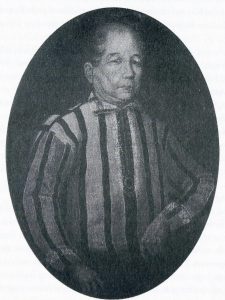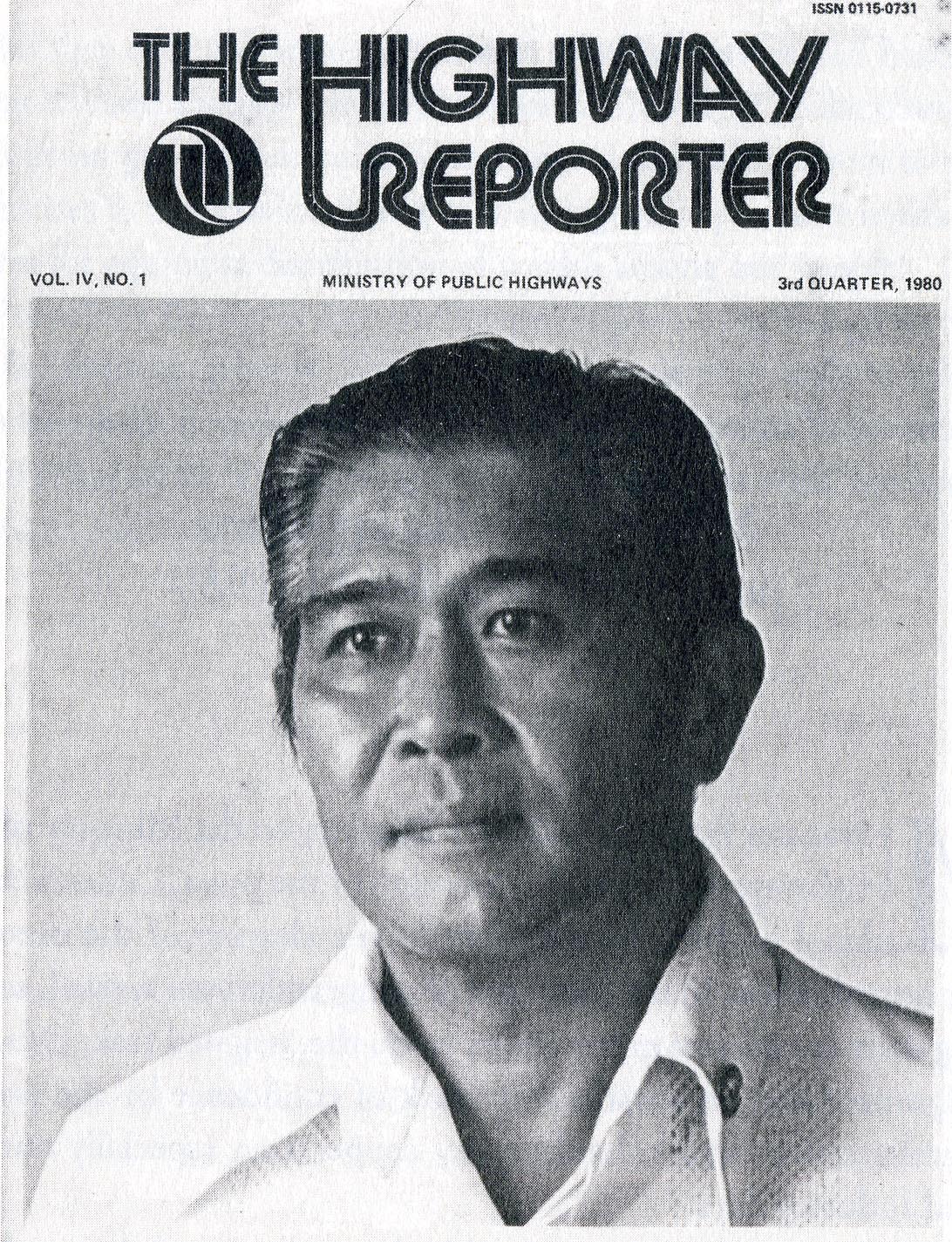First published in Tulay Fortnightly, Chinese-Filipino Digest | January 19-February 1, 2016 | vol. 28 nos. 15-16 |
It is well known that Pedro Paterno, a prominent leader of the Propaganda Movement of the 19th century, is a Chinese mestizo, just like many leaders and famous figures of the movement. Not as known is the Chinese ancestry of another Paterno, Vicente Paterno (no relation to Pedro), until his autobiography, On My Terms: The Autobiography of Vicente Tirona Paterno, was released in 2014.
Vicente Paterno, who died in November that year at the age of 89, was chairman of the Board of Investments in 1969 and was responsible for crafting the Philippine investment policy. In 1974, he became the secretary (later called minister) of the newly created Department of Industry, a position he would hold till 1979.
Paterno took a lead role in shaping regional cooperation, negotiating the first trade treaty with China and chairing the Industrial Cooperation Council of the Association of Southeast Asian Nations. He left government service in 1980, but returned as senator in 1987 when Corazon Aquino was president. In 1992, he founded the Philippine Seven Corp., the mother company of the 7-11 convenient store chain, as a retirement project and served as its chairman.
From his autobiography, we learn that Paterno is a sixth-generation heir of a Chinese who arrived in Manila in the 1760s from southern China.

The Chinese patriarch of this Paterno clan is Mong Mong Lo. He easily assimilated himself into the local society not too long after his arrival. He was baptized Jose Molo and married a Filipina with the family name of Agustin, or San Agustin. They had five children, one of them was Paterno Molo Agustin who became a successful businessman. Paterno’s children adopted their father’s full name as their own family name. One of the sons, Maximo Molo Agustin Paterno, was even more successful in business than his father. The great-grandfather of Vicente Paterno, Lucas, was a brother of Maximo.
Paterno Molo’s progeny resided in various parts of Manila, namely Parian in Binondo, Sta. Cruz and Quiapo districts. The Lucas branch of the clan, from which Vicente Paterno descended, resided mostly in Quiapo. Vicente Paterno and his siblings were born and lived in Quiapo, on Mendoza Street, a side street of R. Hidalgo which connects two famous churches, Quiapo and San Sebastian.
The genealogical story of Paterno shows how the heirs of a Chinese who came to the Philippines in the 18th century were perfectly integrated or assimilated with the mainstream society.
It is clear his Chinese ancestry does not make him less Filipino.





